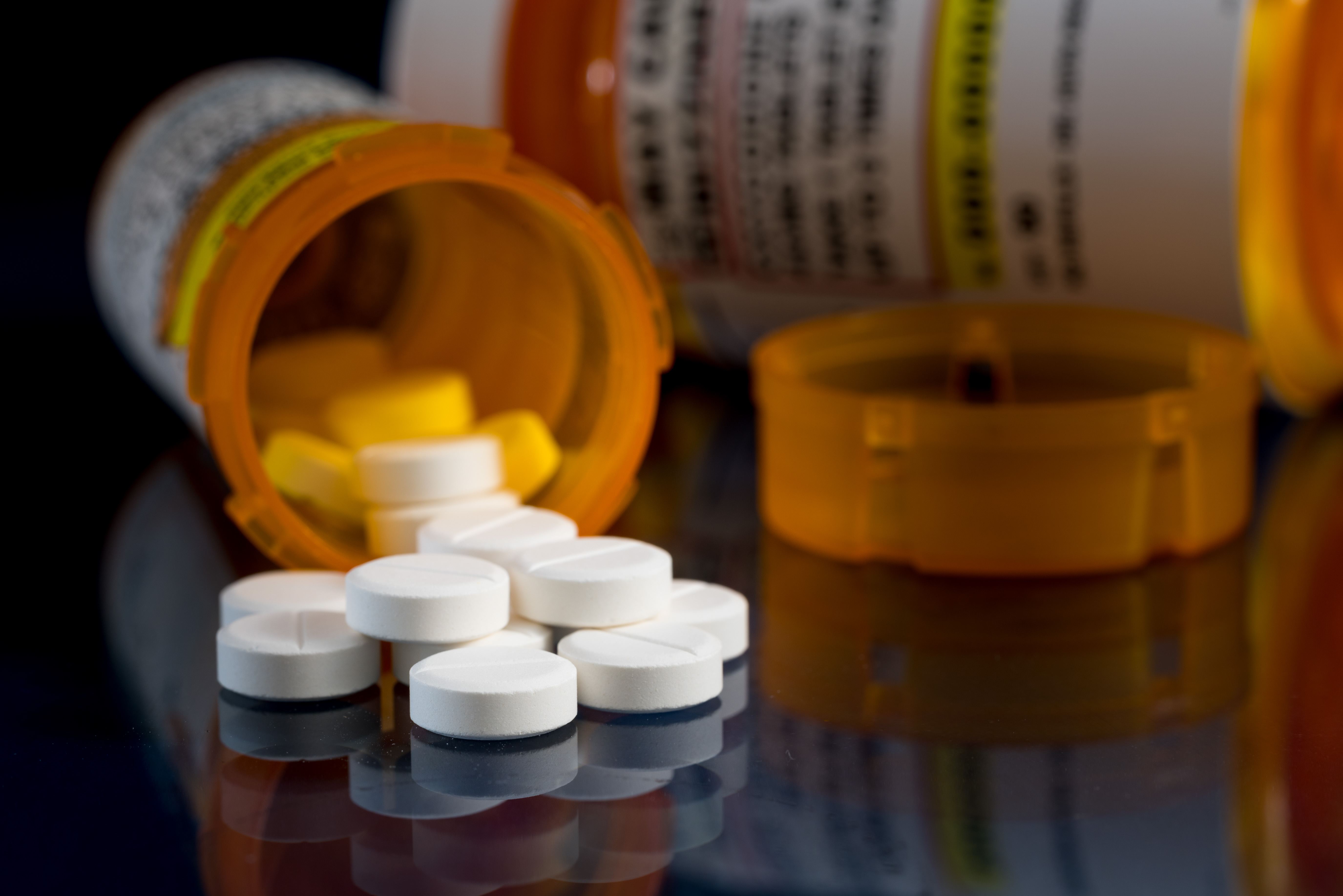“Overdose on the Rise”
While the above may sound like something from a work of fiction, it is actually a grim quote from Rahul Gupta, director of the Office of National Drug Control Policy. Research and data suggest that the overdose, death, and opioid crisis is only worsening.
According to data from the Center for Disease Control and Prevention (CDC), nearly 1 million people have died from a drug overdose since 1999. In 2020, 91,799 people died from a drug overdose in the United States, and 75% of those deaths involved an opioid.
In 2021, more Americans died from drug overdoses than in any previous year in our history. Up 15 percent from the previous year, 2021 brought more than 100,000 American deaths resulting from an overdose, with over 80,000 of those deaths resulting from an opioid overdose. Experts predict that 2022 will likely be worse than what we experienced in 2021.
What Are the Main Causes for Overdoses?
Typically, an overdose will either be classified as accidental or intentional. An accidental overdose occurs when a person takes:
- a combination of substances but with incorrect doses,
- the wrong medication or substance, or
- a substance or substances at the wrong time without realizing how harmful this action can be.
Someone may accidentally overdose if they self-medicate in an attempt to get high or bury unpleasant emotions. In other cases, an accidental overdose may occur if a patient does not properly take their prescribed medication or mixes medications without first consulting their doctor. Other reasons accidental overdoses happen include:
- Increasing dosages intentionally. Because long-term substance abusers build up a tolerance to certain substances, they may increase their dosages over time to chase a bigger high; however, they may accidentally overdose if they increase the dosage too much.
- Not knowing how much is too much. Those who are new to substance abuse may want to experiment but risk overdosing when they take too large a dose. They may mimic what a friend or another person does, but that dosage may be too high.
- Relapsing. If a person has been sober for years but relapses, they may take a dosage of drugs that is similar to what they used to take years ago. However, their bodies are no longer used to that dosage.
Intentional overdoses occur when a person is trying to harm themselves; while some intentional overdoses may be a cry for help, others are suicide attempts. The rise in depression and anxiety as we emerge from the COVID pandemic has had a significant impact on these staggering statistics, and mental health issues can be a leading cause of intentional overdoses.
How Do We Prevent Overdoses?
Overdose prevention methods include:
- Improving opioid prescribing
- Treating opioid use disorder
- Preventing opioid use disorder
- Reversing overdose
- Taking precautions by carrying naloxone
Recognizing an Overdose
Below, we will list the signs of an overdose. If you recognize these signs but are still unsure about whether it’s an overdose, you should still act as if it’s an overdose as you could save their life.
- Limp body or limbs
- Pale or cold skin
- Blue skin or mouth
- Loss of consciousness
- Constricted pupils
- Choking or gurgling sounds
- Slow or shallow breathing
If you believe someone is overdosing, call 911 immediately. If you or the victim have naloxone, you should also administer it. Even if they are not suffering from an overdose, naloxone won’t harm them.
Comprehensive & Compassionate Treatment Services
At Miracles in Action, we are dedicated to providing individuals with emotional support and comprehensive addiction treatment services. We have programs including dual diagnosis, outpatient detox, partial hospitalization programs (PHP), first responder programs, and more. Our professionals are equipped to help ensure you or your loved one has a successful lifelong recovery.
Overcoming an addiction can be hard, which is why you shouldn’t do it alone. We are happy and available to help you. Contact us online or via (818) 287-0080.


